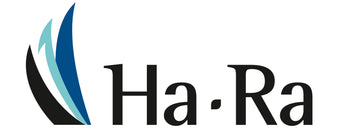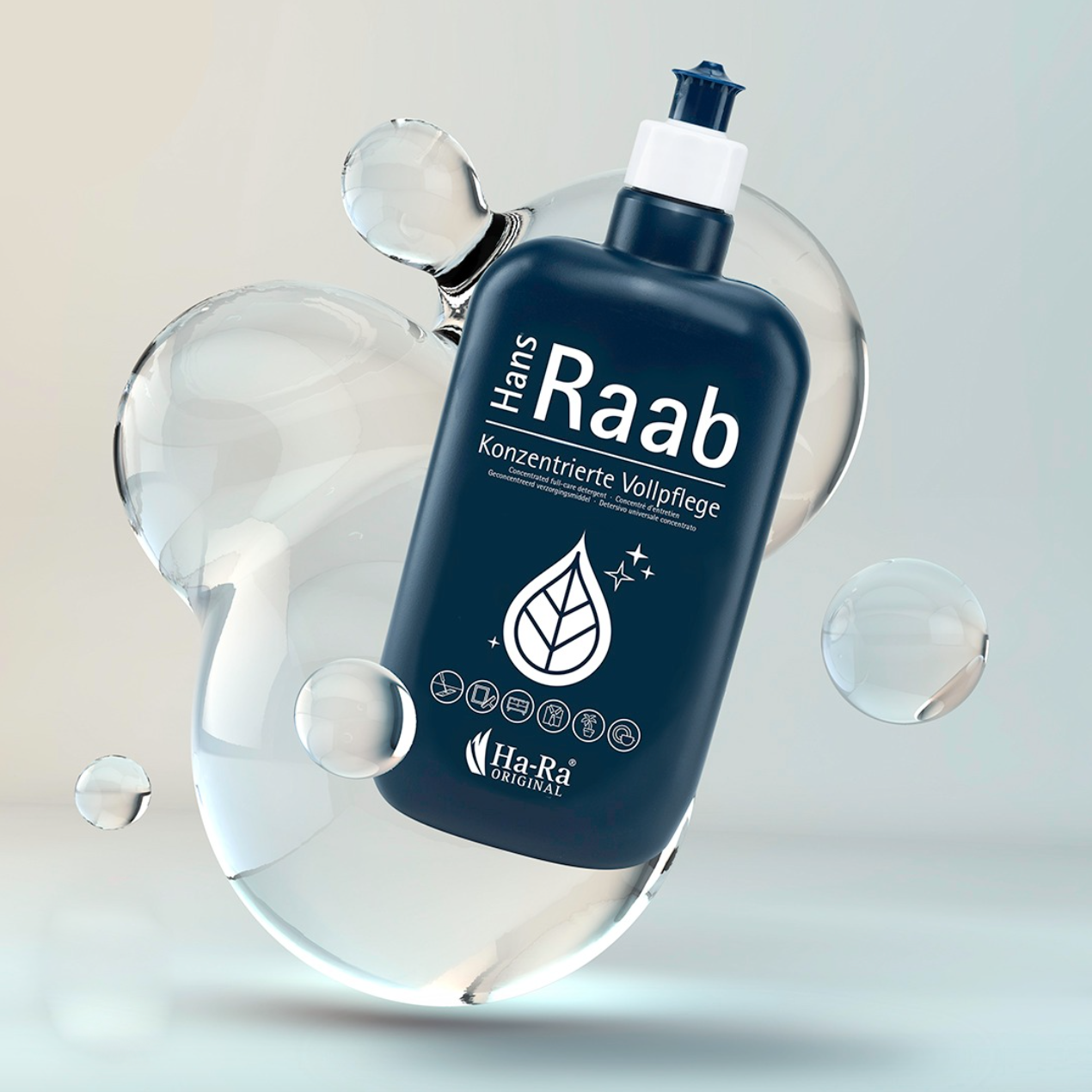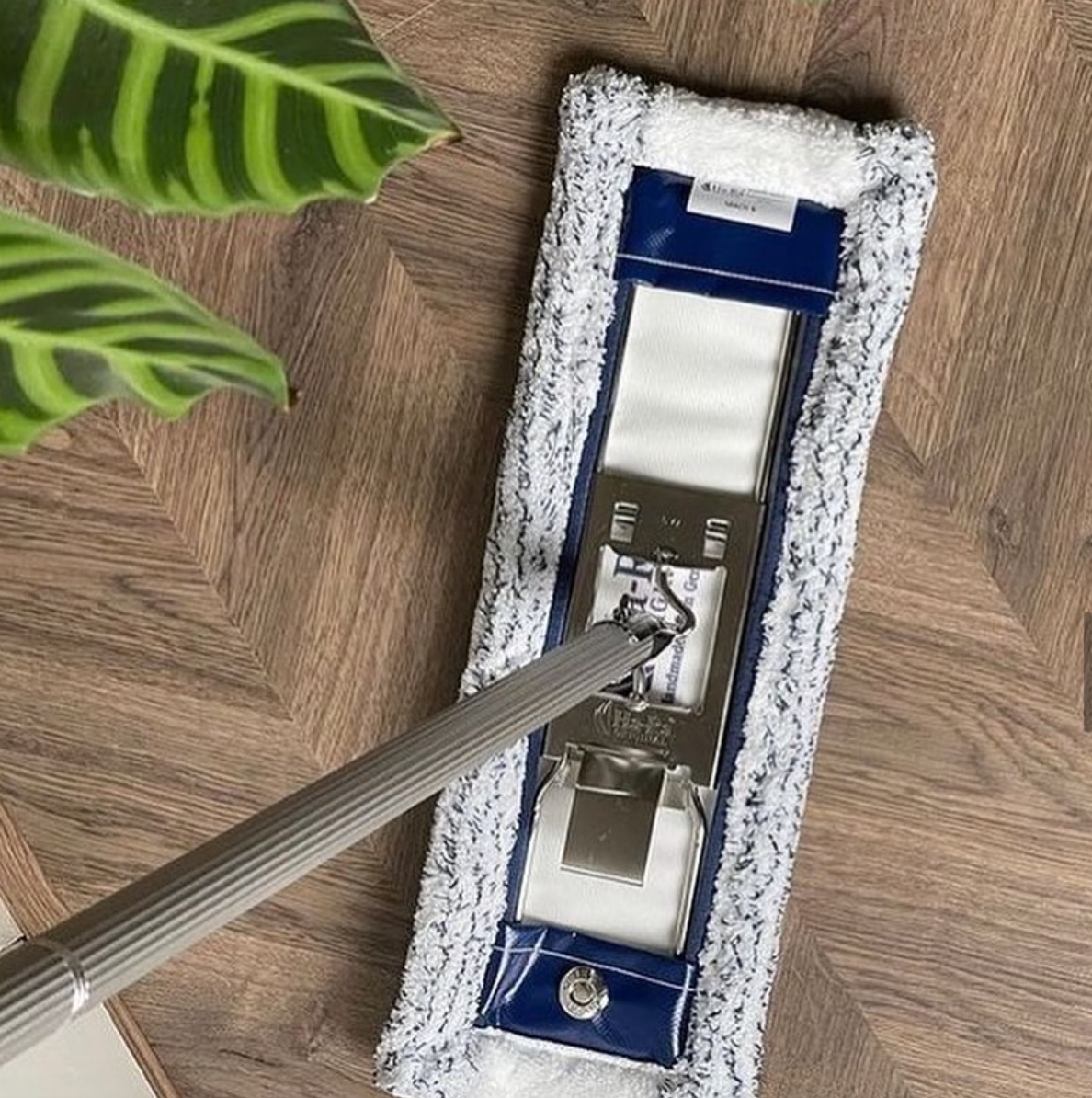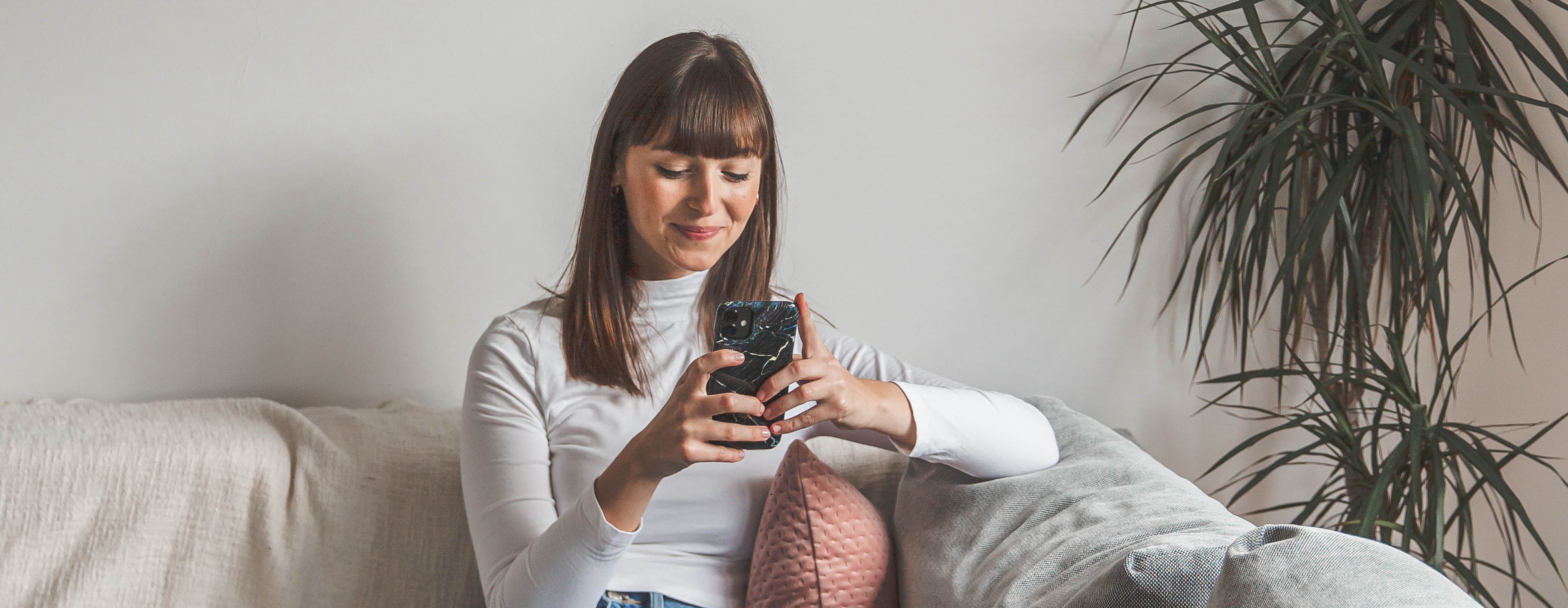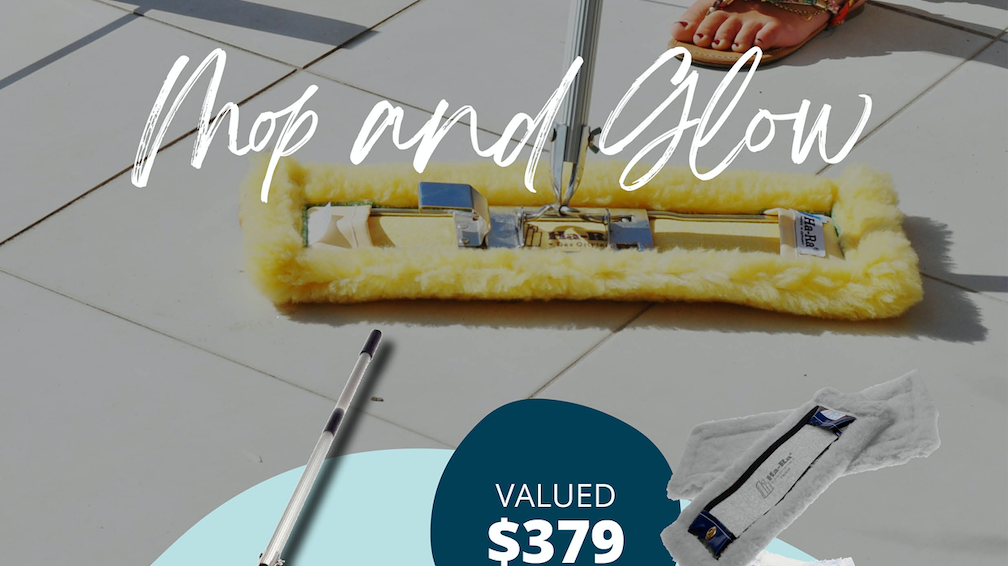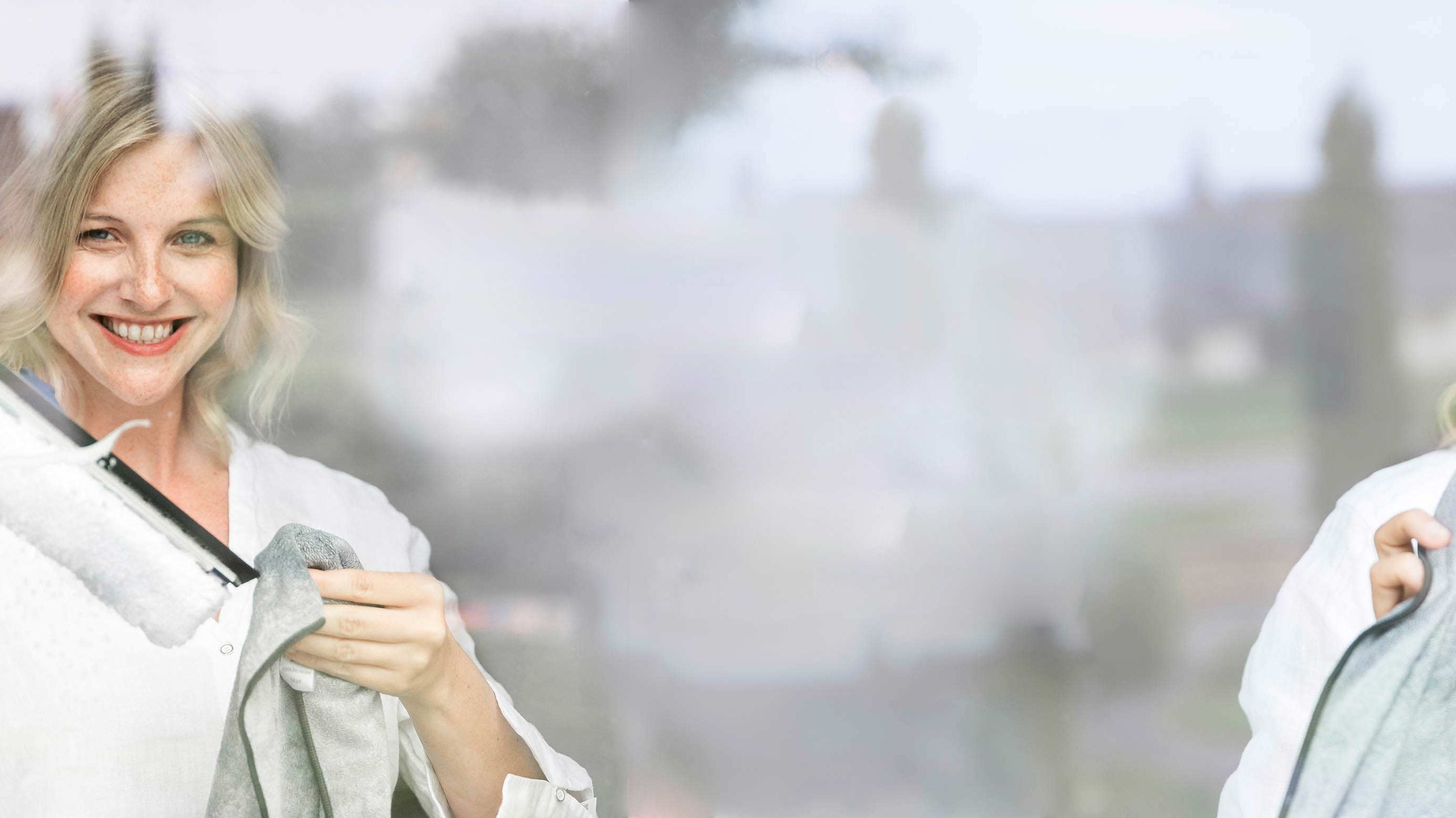How to Clean Greener and What Cleaning Means
Cleaning is the physical removal of organic material or soil from a surface. Thus cleaning is really designed to remove, rather than kill, micro-organisms: this means physical action and complete surface coverage are important, as is avoiding soiling clean areas in the process of cleaning dirty ones.
What does Disinfectant do?
Disinfectant aims to kill any bacteria or microbes. However before disinfecting a surface it needs to be cleaned first. A disinfectant fluid must then touch a bacterial cell, and be absorbed by it, on order to kill it. Little is achieved by pouring a disinfectant solution over a dirty surface as most of the bacteria in the dirt will remained untouched. A greasy surface, such as on a meatslicing machine, will not be effectively disinfected by wiping with a solution because the grease provides a waterproof protection for bacteria on the machine.
The following 5 steps are part of a disinfecting procedure using chemicals:
1. Put gloves on
2. Remove the bulk of dirt using absorbent material
3. Apply a chlorine based disinfectant
4. Leave for 10 minutes
5. Rinse and dry
Most disinfectants are, by nature, potentially harmful or even toxic to humans or animals.
Why are we poisoning our families?
Look under your sink or in your laundry cupboard: most likely you will find a cocktail of expensive detergents and cleaning sprays. Ammonia, bleach, chlorine and formaldehyde are poisons commonly found in these products. Just putting your hands in detergent while washing the dishes will cause chemicals leaching through your skin and into your blood circulation. Toxic fumes are released by all these products and are inhaled by you and your family. The Environmental Protection Agency has reported that toxic chemicals fund in every home are three times more likely to cause cancer that other air borne pollutants.
Cleaning Agents, useful or harmful?
Tests have shown that removal of bacteria from a surface is just as effective in the prevention of illness as killing the bacteria with powerful chemicals. Tests have also shown that the intensive use of chemicals is a contributing factor to the growth of super-bugs. The physical removal of micro-organisms by scrubbing, or 'elbowgrease', is actually more effective than the anti-microbial effect of the cleaning agents used.
What is Green Cleaning?
Green cleaning is the process of using products, practices and equipment that protect both human health and the environment. According to the Environmental Protection Agency, this involves selecting alternative products, using those products properly and taking other steps to reduce risks while maintaining a satisfactory level of cleanliness and disinfection. Green cleaning replaces many of the toxic cleaning products with non toxic agents. These also tend to contain no or lower levels of volatile organic compounds (VOCs), which are the noxious gases which are harmful to humans and the environment. Green products are also biodegradable, come in recyclable containers and are in concentrated form to reduce the size and quantity of required containers.
What is the difference with Microfibre Cleaning?
Microfibre products designed for cleaning, clean on a microscopic scale. According to tests using microfibre materials and water to clean a surface leads to reducing the number of bacteria by 99%, whereas a conventional cleaning material reduces this number only by 33%. Microfibre cleaning products also absorb fat and grease and their electrostatic properties give them a high dust-attracting power. Microfibre products used for cleaning are generally constructed from fibres of polyester and polyamide. Microfibre used for commercial cleaning products also includes many products constructed of 100% polyester microfibre. This material can hold up to eight times its weight in water and traps dirt and bacteria until rinsed out. This means with microfibre you clean and disinfect in one step only, saving time.
Ha-Ra® Fibre Cleaning Technology
Hans Raab, the pioneer and inventor of fibre based cleaning technology, started Ha-Ra® 40 years ago in Germany, in response to the health problems among employees of his cleaning business. He traced these problems back to the daily use of cleaning agents and developed a way of producing combinations of cleaning fibres that are effective using water only. During the cleaning process, millions of extremely fine special fibres loosen even the most stubborn dirt and grease, which are then bound together by the fibres and water.
There are three types of fibres: micro fibres, mechanical fibres and nano fibres. Tests conducted in Australian Laboratories have shown the Ha-Ra® fibres to be as effective as chemical sanitizing systems in the reduction of micro-organisms on contaminated surfaces. Additionally the fibre products were shown to simplify cleaning as they remove dirt particles at the same time as removing bacteria. Tests also showed there was little 'carry over' from the cloths, that is the bacteria and organisms remained trapped in the fibres and were removed easily when rinsed in water.
Ha-Ra® products are designed to work together as a system to clean surfaces, pick up dirt and bacteria, as well as dry and polish, removing the need to purchase expensive, noxious chemicals.
What makes physical mechanical cleaning so unique? Watch the 3D-video here.
